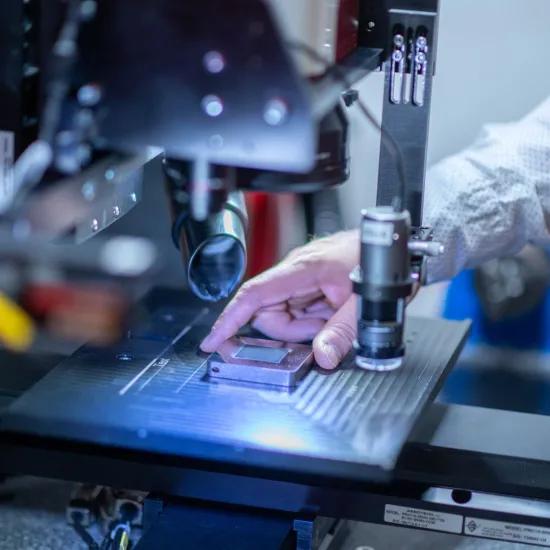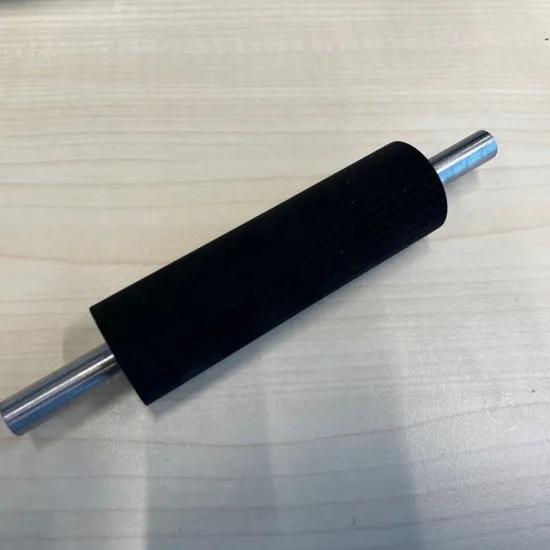Structures are already widely used to give functionality to a surface, with nature as the best example. However, in order to use this in technical applications, we must take into account the limitations and possibilities offered by the various (current) production methods.
The choice of one or the other will exclude or allow certain functionalities or performance levels, and/or set different requirements for the process, material and design. And of course we want an answer to the question which structuring method is most suitable for which application.
Sandblasting and spark erosion
Generally speaking, sandblasting and spark erosion are already widespread. They apply a roughness to a surface, which can be controlled, for example, by the dimensions of the sand grains or the spark parameters. Applications here include better grip or matt surface creation, better adhesion of coatings and adhesives, haptic properties such as 'soft touch' when applied via the injection moulding method on, for example, switches.
One of the standards to characterise these textures is the VDI mold-texture scale. This is a range of surface textures that give a particular appearance or roughness and are often used as specifications when designing a product. This form of surface functionality is relatively inexpensive, but limited in application and functionality.
Micro milling
If you want to increase the precision and controllability of the process, you will have to switch to other technologies. Micro milling machines can be used to apply relatively complex textures to a surface. These can be, for example, small cavities to increase or decrease the coefficient of friction, or a pyramid structure to increase the angle of contact with water.
However, research at Sirris has shown that although this technique allows the application of controlled textures (as opposed to sandblasting, for example), the possible geometries are severely limited by the choice of tools. The minimum feature size is determined by the tool and the machine, which will have to cope with very high spindle speeds for these small tools. Disadvantages of this technique are of course the expensive tools, the wear and tear of these tools and the geometrical limitations. Also, it's not exactly a fast process.
Etchings and lithography
A third group are the technologies that enable real controlled structures with complex geometries. This includes etching, laser texturing and lithography. In the etching process complex patterns can be applied to a surface, but there is a need for a mask and chemicals, which make the process slow, expensive and environmentally damaging, especially if larger surfaces need to be treated. The lithography process, which we also know from the world of microelectronics, allows very precise application of real nano textures with very exotic geometries. However, this process is extremely expensive and is not within the reach of the average SME.
Ultrashort pulse laser
Ultrashort pulse lasers, on the other hand, offer 'the best of both worlds': great flexibility in terms of geometries and materials, but also very high form accuracy. Because with laser texturing the tool is light, no tools, no chemicals, no special procedures are needed and the entire design process can be digital to achieve a 'first-time-right' production process. Laser technology also allows each product to have a unique design at minimal extra cost.
An additional added value provided by the laser is that, depending on the laser parameters you set, it also enables chemical reactions on the surface. These can also offer added functionality, such as the formation of a thin oxide layer on top of a macrostructure to increase water repellency, or the formation of LIPSS (Laser Induced Periodic Surface Structures) that allow very high performance surface functionalities.
Sirris has therefore invested in a femtosecond laser texturing machine and in recent years has focused strongly on the development of functionalities, particularly in the areas of friction, optical properties and thermal properties, which can make products better. In the coming years, we will focus more on application development in collaboration with companies and partners, in order to deliver real added value within a modern, digital production environment.




